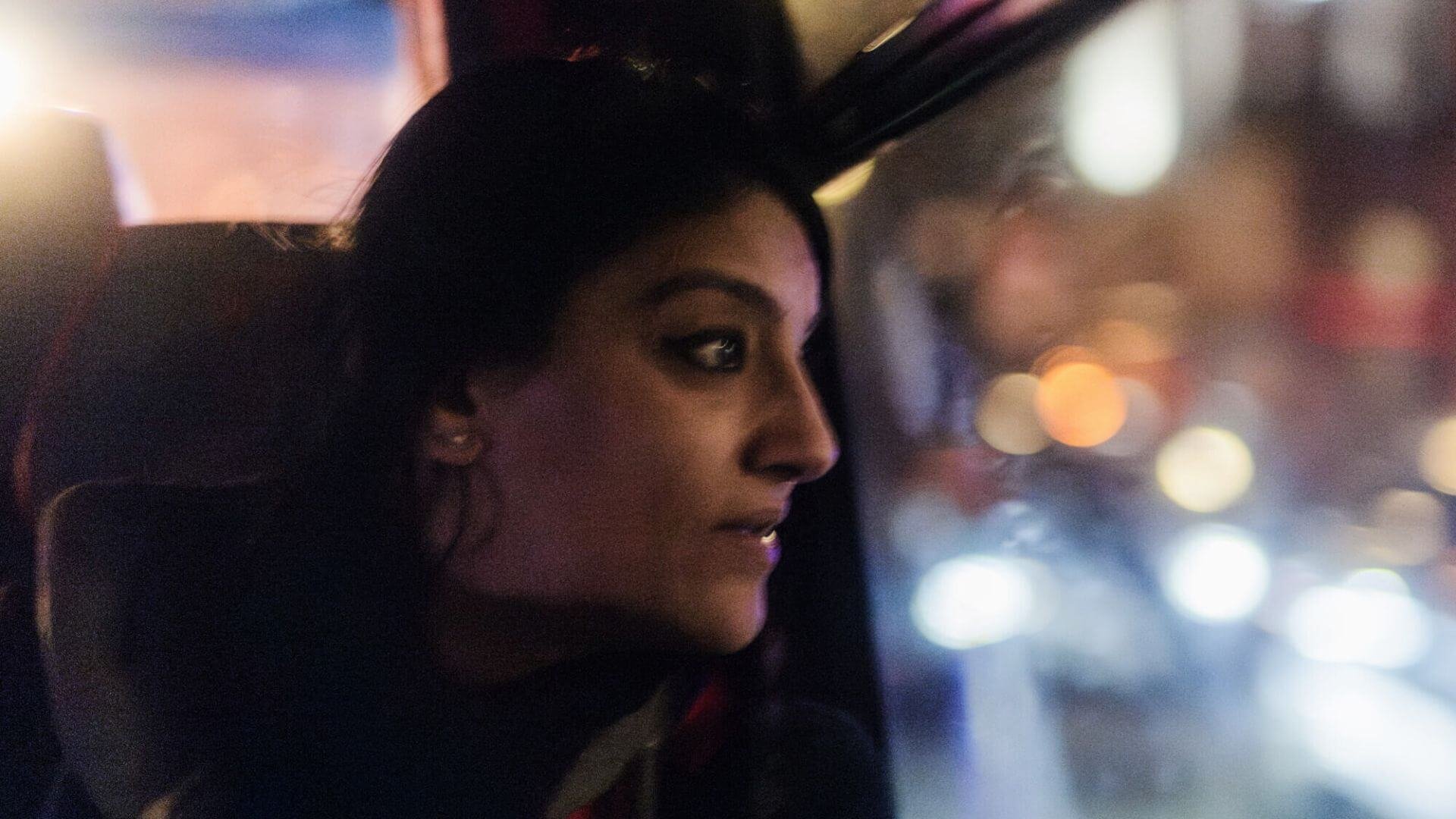How Social Impact Storytelling Can Heal Our Divided World
In a world ripped apart by division and fear, stories have the power to mend what politics has broken.
And in 2025, it's the brands that tell the right stories that will lead the way.
But here's the uncomfortable truth: while politicians weaponise visuals to divide us, most purpose-driven brands are making a devastating mistake in how they document their impact.
I've seen it firsthand.
The Power of Authentic Stories
After a decade leading a frontline charity in London and photographing social impact across communities, I've discovered something that might surprise you.
The most powerful stories aren't being told in corporate boardrooms or CSR reports.
They're happening in community centres, local projects, and grassroots movements. Yet most brands are missing these moments entirely.
As Tahir Shah reminds us -
"Stories are the communal currency of humanity."
In today's fractured society, this currency is more valuable than ever.
The Science Behind Story Impact
The research is clear and compelling.
Studies show our brains process images 60,000 times faster than text. That's why visual storytelling has become the weapon of choice for those seeking to divide us.
But it's also our greatest hope for healing.
As Brené Brown notes],
"Maybe stories are just data with a soul."
And in today's divided world, we desperately need stories with soul.
The Crisis in Corporate Storytelling
Let's talk about what's really happening in social impact documentation.
Most brands approach their storytelling in one of three ways:
1. Sanitised corporate photography that removes all humanity
2. Generic stock photos that could represent any organisation
3. Hastily captured smartphone images that fail to capture impact
None of these approaches work. Here's why.
According to HubSpot's research, 91% of consumers prefer authentic visual content over traditional, corporate media.
Think about that for a moment.
While brands invest millions in polished corporate shoots, they're actually pushing people away.
The Power of Authentic Documentation
Consider these successful examples of authentic storytelling.
During a period of rising anti-immigrant sentiment, Airbnb launched their "We Accept" campaign. Campaign Live reports it reached 33 million people organically.
But it wasn't just about reach.
The campaign worked because it showed real hosts opening their homes to refugees.
Real stories.
Real impact.
Real change.
Similarly, Dove transformed beauty standards by documenting real women's stories instead of using models. Forbes reported their sales grew from $2.5 billion to $4 billion in the campaign's first ten years.
The Truth About Visual Trust
The data speaks volumes about what people actually want to see.
According to Stackla's research, 72% of consumers say they want to see photos and videos from real people when making decisions.
Think about that.
While brands spend millions on polished corporate photography, what people actually want is authenticity.
Why Traditional Corporate Photography Fails
Most corporate photography fails because it:
Prioritises perfection over authenticity
Focuses on staged moments rather than real impact
Removes the human element from human stories
Tries to control rather than capture
Jonathan Haidt's research shows that -
"when it comes to moral judgments, we think like lawyers rather than philosophers. We're not always seeking truth—we're seeking confirmation of what we already believe."
This explains why authentic visual storytelling is so powerful. It bypasses our defensive mechanisms and connects directly with our humanity.
Creating Real Change Through Visual Stories
As Maya Angelou said,
"There is no greater agony than bearing an untold story inside you."
The same is true for brands and their impact.
When you fail to document your real impact, you're not just missing an opportunity - you're failing the communities you serve.
The Future of Impact Documentation
Margaret Atwood reminds us, "You're never going to kill storytelling because it's built into the human plan. We come with it."
In 2025 and beyond, the brands that thrive will be those brave enough to:
Show their real impact, not just their intentions
Document authentic moments, not staged ones
Share honest stories of both struggles and successes
Invest in professional documentation that captures truth
How to Transform Your Impact Documentation
The path forward requires:
1. Professional Documentation
Invest in skilled photographers who understand social impact
Capture real moments, not staged ones
Document the journey, not just the destination
2. Authentic Storytelling
Share both successes and challenges
Center community voices
Show real impact in action
3. Consistent Documentation
Create an ongoing narrative
Build a library of authentic imagery
Tell stories across multiple channels
4. Meaningful Measurement
Track engagement with authentic content
Measure impact on trust and credibility
Monitor community response
Your Role in Healing Through Stories
Your brand has the power to heal divisions and inspire change.
But only if you're brave enough to tell your story authentically.
The question isn't whether your brand will tell stories.
The question is: will those stories heal or harm? Will they unite or divide? Will they showcase real impact or just corporate intentions?
Taking Action
The world doesn't need more staged photos or polished reports.
It needs authentic stories that:
Bridge divides
Build understanding
Show real impact
Create genuine change
Ready to transform how you document your social impact?
Let's create something powerful together. As a social impact photographer and charity CEO, I understand both sides of the story - the need to document impact effectively and the reality of creating change on the ground.
Contact me to learn how we can document your social impact story in a way that builds trust, inspires action, and helps heal our divided world.
Because in the end, the stories we tell today will shape the world we live in tomorrow.
What story will you tell?

